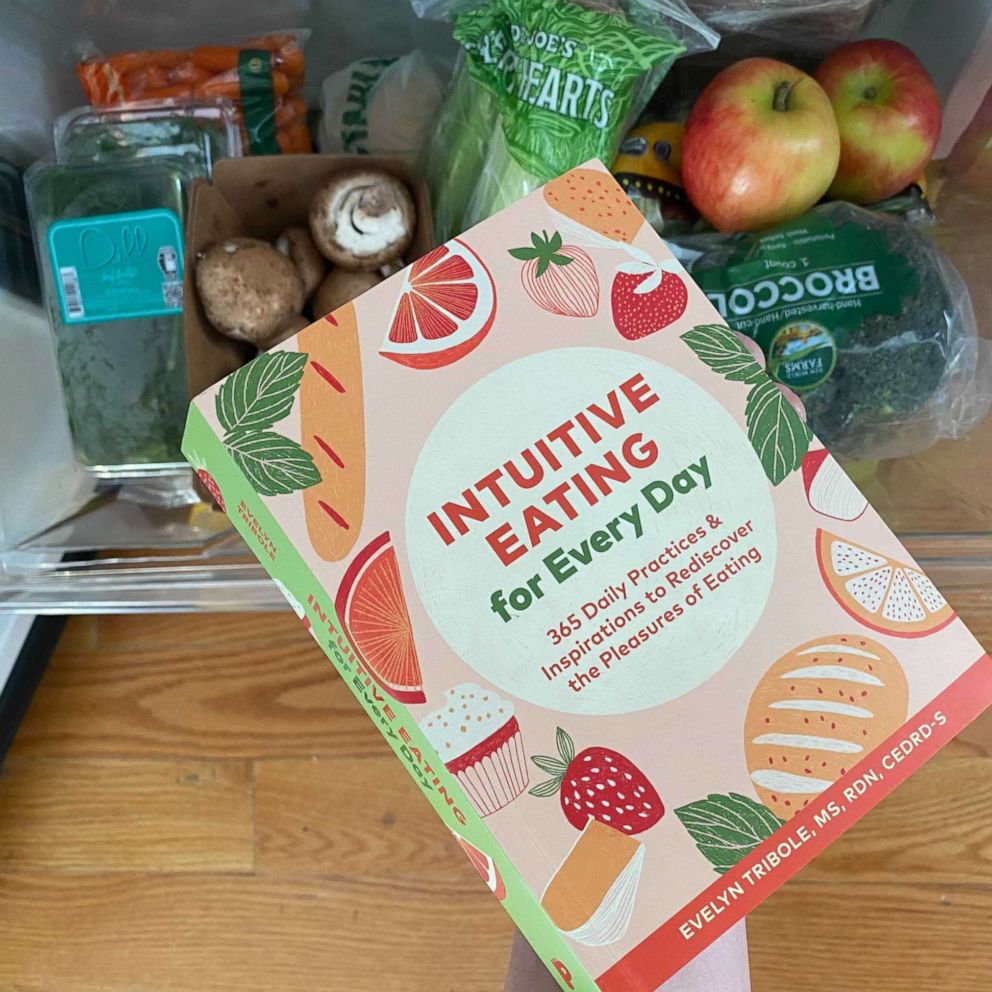Nutrient sequencing explained: How the order of eating certain foods can impact health for some
Dr. Jen Ashton sheds light on the recently buzzy trend.
Nutrient sequencing has garnered massive online attention as a dietary trend that focuses on the science of eating specific foods in a specific order to potentially improve one's health.
"We've heard that what you eat is important, we've heard when you eat is important -- obviously how much you eat. Nutrient sequencing takes that to a macro nutrient level, really looking at the three components of [healthy] fats, proteins and carbs, fiber," ABC News chief medical correspondent Dr. Jennifer Ashton explained of the concept first reported by the New York Times.

"There is some data that actually suggests that if you preload your meal and start with the fiber -- which could be raw vegetable -- then move to the lean protein and healthy fat, and then at the end go to the carbs -- like bread or pasta -- that it can stimulate that [glucagon-like peptide 1, or] GLP-1 hormone," she continued.
Ashton, who also has a master's in nutrition, said that data has shown to be "more compelling for people with Type 2 diabetes, but certainly people who have had their stomach made smaller can benefit from this, [and] also just people trying to eat more mindfully."
This eating method can be important for those with diabetes and other medical conditions, like someone easily impacted by sudden blood glucose spikes such as reactive hypoglycemia -- recurrent low blood sugar after a meal -- or those with postprandial hypotension, low blood pressure after eating.

While it could be potentially beneficial to other people to minimize glucose spikes, more research is still needed to understand and quantify those benefits because the data isn't clear if the potential benefit is worth shaking up a diet, especially if one's current diet is working.
As with any nutrition trends, individuals should consult a primary care doctor before making any changes to their diet.
Ashton also said that anatomy and physiology can also play a role in the efficacy of nutrient sequencing because of digestion and thus varying blood sugar levels.







